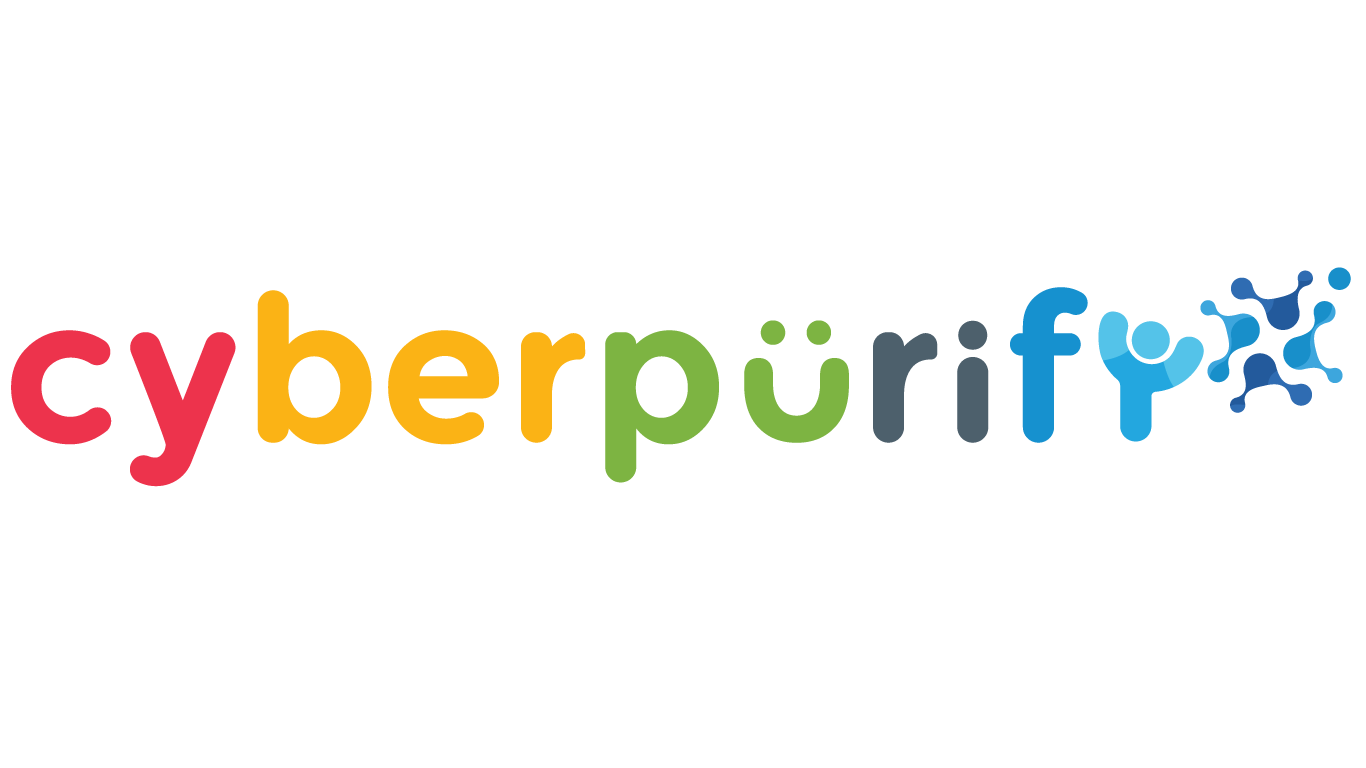On October 5, the United Nations International Children’s Emergency Fund (UNICEF), the United Nations Interregional Crime and Justice Research Institute (UNICRI), the Ministry of Home Affairs of the United Arab Emirates (UAE). and AI Safer for Children organized a high-level virtual event on child sexual exploitation online and the use of AI to deal with online child sexual abuse materials (CSAM).
Recap: Child Sexual Exploitation Online: How to Fight it with Artificial Intelligence
Objectives of the event
The event has four main goals:
- Provides an overview of trends in the recent rise of child sexual exploitation online.
- Highlights the key challenges that law enforcement agencies face in combating the sexual exploitation of children online, such as the harms to children’s physical and mental health.
- Describe how technology, especially AI, can be used to turn the tide in the investigation of cases of child sexual exploitation online.
- Introduced the AI Safer for Children program to member countries, providing an overview of the program as well as calling for participation from law enforcement agencies of different countries.


Overview of recent trends and developments in child sexual exploitation online
Although the digital age has created many opportunities to exercise children’s rights, it is technology, on the other hand, that exposes children to risks and harms, one of which is online exploitation abuse and child trafficking.
Although the full scale of online child sexual abuse and exploitation is still unknown, not only has the scale of abuse but also its severity and complexity dramatically increased.
As evidenced by the statistics of the United Nations Office on Drugs and Crime (UNODC), the number of children trafficked has increased markedly in recent years, of which children now account for more than 30% of the total number of victims detected.
According to the National Center for Missing and Exploited Children (NCMEC) in the US, the number of reports of suspected exploitation peaked in 2020, with more than 21.7 million reports.
Technological advances not only facilitate the spread of child sexual abuse material but also spur the emergence of entirely new and large-scale forms of abuse powered by technology such as online grooming and live-streaming of abuse.
What does the COVID-19 pandemic have to do with the rise in child abuse online?
According to Matthew Dompier from INTERPOL, the COVID-19 left a negative impact on online child sexual abuse.
Online predators are obsessed with the need to see and reach children, and this unrelenting need has been severely impacted by the arrival of the epidemic, due to school closures, social distancing as well as suspending outside activities, have less access to children in real life. From here, the predators become more desperate.
To become sexually aroused and satisfy their needs, they need new and more interesting child pornography. That’s why we’re starting to see spikes in children’s online temptations.


Matthew Dompier from INTERPOL
As evidenced by the first quarter of 2020, according to the NCMEC, online predators openly discussed the COVID pandemic as an opportunity to entice children unsupervised by adults to take sensitive selfies/videos of themselves.
In addition, according to two recent reports by Europol and INTERPOL, as a result of the pandemic, a number of countries have reported an increase in the amount of child sexual abuse material online. Sexual abuse, such as online solicitation and sexual blackmail, has also shown an increase during the pandemic.
Misconceptions about online predators
A common misconception is that online predators just stop at looking at photos that victims provide them.
After talking with children on the Internet, successfully enticing children to take sensitive photos/videos, they aim to commit much more serious behavior – harming children in real life. These are sexual abuse, rape, other deviant sexual acts, and worse, kidnapping for ransom.


Sexual predators can be anyone but are almost always male. Some have a criminal record, but most have no criminal record at all. The people who sexually assault your children online can be anyone: lawyers, doctors, teachers, policemen, etc. that we never expect. They are quite possibly law-abiding except that they are totally controlled and obsessed with the need to see or approach children.
Using AI to deal with Child Sexual Exploitation Online – detect child abuse content online
As one of the most emerging technologies, AI is at the core of helping law enforcement turn the tide in the fight to protect children from online sexual exploitation. The potential of AI in helping to prevent crimes against children is in fact recognized. Such as:
- Time saver for moderators: Abuse reports are increasing day by day making it time-consuming to see each report. AI helps identify and categorize reports, and moderators only need to review those reports for which the AI is uncertain and can use the rest of the time to actively search for victims.


- Natural Language Processing (NLP): Helps detect sexually abusive and manipulative content in online conversations.
- Recognize Child sexual abuse materials (CSAM) in images: According to Sherry Torres – Detective of Florida Internet Crime Against Children (ICAC), AI helps analyze and evaluate the likelihood that an image/video contains CSAM, quickly finds materials with similar content, and removes irrelevant material. In addition, facial recognition technology identifies missing children, helping authorities actively identify children in real danger.




- Recognize Child sexual abuse materials (CSAM) in videos: AI helps quickly detect elements, frames containing CSAM as well as identify children’s faces in videos.
- Support moderators’ mental well-being: Content moderators often experience a lot of negative emotions, even post-traumatic stress disorder (PTSD) when they are constantly exposed to this huge traumatic content. The application of AI will help reduce the number of videos that the browser has to see and only check the videos with low review scores.


Sherry Torres – Detective of Florida Internet Crime Against Children (ICAC)
- Face detection and recognition: AI can recognize and track faces and connect to all documents with those faces to quickly detect victims and offenders. Besides, AI can also detect objects in the image, connecting with the data to locate these objects.
Even so, AI also presents quite a few challenges not only from a technical perspective but also from a legal, ethical, and social perspective, challenges that need to be addressed before its potential can be fully utilized.
What is the common direction for different countries?
According to Irakli Beridze, Director of the Center for AI and Robotics at UNICRI, we can work together to combat the problem of child sexual exploitation online by bringing together law enforcement agencies from different countries to explore and take advantage of new technologies such as AI, Machine Learning.
For example, the goal of the AI Safer for Children program: Use of technology (AI) + coordination of law enforcement agencies. There are two main activities:
- Organize events to raise awareness about online child sexual exploitation such as: AI for Good webinars, Child Sexual Exploitation (Blockchain Alliance), etc.
- Establishing a global hub to design and deploy online platforms using AI to support law enforcement agencies with 4 main activities:
+ Explore AI-based approaches
+ Implement AI-based approaches
+ Learn about AI-based approaches
+ Meet with law enforcement agencies


Mr. Irakli Beridze also emphasized three principles of cooperation when joining the global hub of AI Safer for Children:
- Fair and neutral when providing information about tools and methods of using technology.
- Avoid promoting unethical AI tools.
- Ensure network security of the global hub.
You may also find this helpful:















